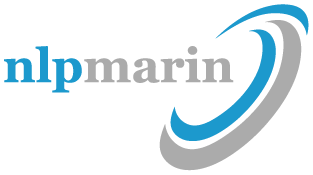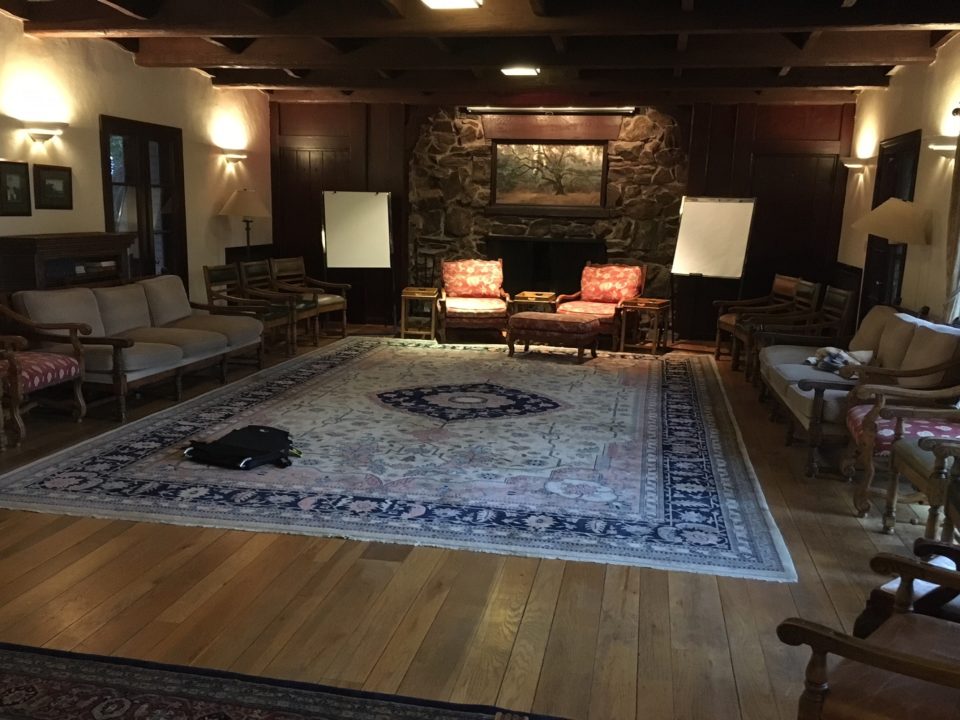NLP: What it is … and isn’t!

Personal Change and NLP
January 9, 2009
Treasure Hunt
October 19, 2010NLP: What it is … and isn’t!
by Carl BuchheitFirst published in Open Exchange magazine (1995)
In the twenty years or so since its inception, NLP has acquired a variety of reputations. Few who have encountered the power of Neuro-Linguistic Programming have remained neutral. At the extremes, NLP has been hailed as the ultimate fast fix and a panacea for personal growth. Alternately, it has been derided for being “techniquey,” gimmicky, manipulative, and mechanical. The truth is, NLP is neither the cure-all nor the cold, cerebral event that some of its most ardent—and often less informed—promoters and detractors claim.
A Brief History
Neuro-Linguistic Programming was developed in the early-to-middle 1970s by John Grinder, a linguist, and Richard Bandler, an information scientist. Like many others, they had observed that people with similar education, training, background, and years of experience were achieving widely varying results ranging from wonderful to mediocre.Bandler and Grinder were intrigued by these differences. They wanted to know how effective people perform and accomplish things. They were especially interested in the possibility of being able to duplicate the behavior, and therefore the competence, of these highly effective individuals. In short, they set out to “model” human excellence in such fields as education, business and therapy. What emerged from their work came to be called Neuro-Linguistic Programming.
While the name is awkward—and some object to the word "programming"—it is nonetheless descriptive. Neuro refers to the brain and neural pathways of the human organism. Linguistic is about the content (verbal and nonverbal) that moves across and through these pathways. Programming is the way the content is directed, sequenced, and connected by each of us to produce the thinking patterns and behaviors that are our experience of life. As educator and writer Sid Jacobson puts it, “There is a relationship between perceptions, thinking, and behavior that is neurolinguistic in nature. The relationship is operating all the time, no matter what we are doing, and it can be studied by exploring our internal or subjective experience.”
Maps of Reality
It has long been recognized that human experience is based on internal reality maps. The structure and content of the latter determines the former. Our inner maps of reality comprise most of what we deal with as human beings. These inner maps determine what is real and unreal, achievable and not achievable, believable and not believable, for each of us. Understand another's map, and you can understand (and share) their experience of themselves and the world. Change the map, and you change them and their world.Study of the structure of experience led Bandler and Grinder to notice external signals and cues that were the keys to understanding the “how” of certain kinds of thought processes and behavior. They were able to assemble their understanding of these cues and signals into a system that allowed its user to know how another human being creates his or her experience—how they organize and maintain their unique internal map of reality that corresponds to and organizes their experience of the external world.
A variety of creative and brilliant people were quickly attracted to Bandler and Grinder's unique work and discoveries. They helped to expand the NLP models and organize them into a vast and rich set of tools, skills, and information—a process which continues today.
Information Processing, Communication, and Sensory Experience
In NLP, we first distinguish between inner and outer sensory experience. We are all familiar with external sensory experience—the continual flow of sights, sounds, feelings, smells and tastes that make up our experience of the outer world. Our inner experience, our thoughts, emotions, responses, ideas, etc., are also comprised of information in these same five sensory systems.Even words are multisensory events, although most of this sensory experience is deleted from conscious awareness. For example, if I write the word “walnut” on this page, you must internally access some combination of inner pictures, sounds, feelings, tastes and smells if you are to understand it. Your experience of “walnut” is unique and is comprised of your own internal sequencing and combining of distinct inner sensory events. In other words, thinking is a sensory event. Thoughts are composed of inner pictures, sounds (including words), body sensations, tastes and smells.
Most of our communication with each other, and almost all of our inner sensory representations, operate (for good or ill) outside our conscious awareness. These inner representations—what they are and the order in which they occur—combine to make up our individual reality map. And this map determines what is and is not possible in our world and our lives. Again, understand the structure and process of someone's map, and you can better understand that person's experience of life. Change the organization of the map, and you change the life experience.
Above all else, NLP is about understanding and gaining access to human experience at the structural or process level—in addition to the level of content. Put another way, NLP is a set of models and methods—highly learnable, reliable, and effective—for understanding how human beings create and maintain their experience of themselves and the world around them. NLP enables us to know how we, and others, create our unique maps of reality. It enables us to understand our own and others' processes of decision-making, communication, motivation, and learning.
Understanding our own map of reality enables us to make changes that lead to the life experiences we want. Understanding and having access to another's map of reality makes it much easier to step off our own map and respectfully step onto the other's. When this happens, the result is an experience of deep connection that is often experienced as a precious gift.
An "Operator's Manual" for Human Relationship
NLP's contribution, then, is to increasing the depth and effectiveness of our relationships—beginning with self and extending through personal and intimate relationships to our professional and work lives and, finally, to the therapeutic arena of working with others to bring about healing, change, and growth. NLP provides the tools that enable this rich connection with self and others to happen.Chances are you have already encountered NLP, in one form or another, without its being identified and without your realizing it. NLP is so useful for the whole experience of being human that many of its original tools and distinctions have already integrated into education, training, business, and therapy—becoming part of the “common sense” wisdom of our society.




